
Hydroponics with LED lights in UAE
- Home
- Hydroponics with LED lights in UAE
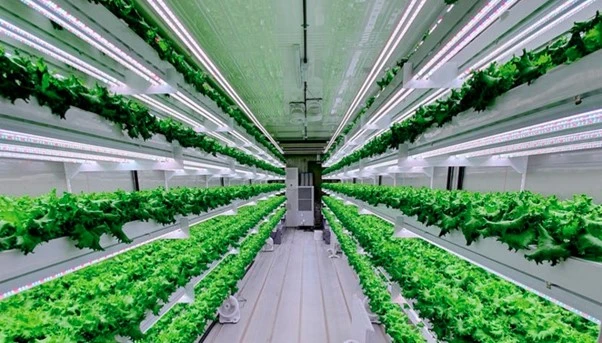
Hydroponics with LED lights in UAE

Abstract : In this study, the effect of different light emitting diode (LED) grow light wavelength and power of the LED lights on plant growth were investigated by adopting nutrient film technique of hydroponic indoor vegetable farming. Commercial LEDs are deployed in this work, and the findings benefited the farmers who rely on commercial LEDs. Two phases of plant development were affected differently with different LED wavelength. Colour spectrum in this study involves three colours that are red, blue and white in different ratios, providing different wavelength. Budding phase as well as stem and leaf development of the plant shows a great reaction with the highest average width and length of the leaf from 1 red 7 white LED wavelength. Meanwhile, 2 red 3 white LED gives the early starts on the budding phase due to its red light, but the leaf development was the slowest due to the absence of blue lights. The light spectrum from 1 red 7 white has included a strong blue spectrum which helps in the stem and leaf development process. Different LED power with a full spectrum of LED wavelengths has shown an exceptional growth for the plants with highest power of 40 Watts. With full inclusions of red, blue and white spectrum, higher power of the LED helps exponentially especially in the budding phase of the plant.
Introduction : Nowadays, smart agriculture or commonly known as smart farming are taking places in the farming sector. Smart farming technologies (SFT) are being used to boost both quality and quantity of agriculture products by utilizing current technologies such as IoT, cloud storage, big data, and mobile devices. The benefits of smart farming include increased productivity, reduced resource consumption, minimized environmental impact, and improved economic outcomes for farmers. By integrating technology and data into traditional agricultural practices, smart farming contributes to more sustainable and efficient agriculture for the future.
The most common utilized urban farming methods were hydroponic where the plants were grown in soilless media with their roots directly submerged in nutrient-rich solution. This will allow the plants to focus on the growth more instead of expanding its root system for food up-taking. There are several different systems of hydroponics such as aquaponics, aeroponics, wick system, drip system, ebb and flow, nutrient film technique, and deep-water culture. Meanwhile its plant culture system divided into open and close with open system being more popular albeit not environmentally friendly. In the open system, the nutrient solution is drained after one-time use, whereby close system recycled the water. The implementation of hydroponics agriculture requires a smaller space and allows mass adoption. It also eliminates the constraint of seasonality that allows all year-round crop production. The absence of soil minimizes the incidence of plant diseases and pests, thereby reducing the reliance on pesticides. It also uses less water consumptions compared to field crop that loss water through evaporations. Urban farming was usually done indoor which arises concern about the optimum environment for the produces to grow. This includes concern on the growing lights where using artificial lights on the produces might address this concern. Light emitting diodes (LEDs) offers advantages of narrow light spectrum, low power consumption, and little heat production.
With the LED technology, commercial production and research have increased involving the use of LED in the growth process. Various research investigations have examined crop production under different colour LEDs, varying colour fluorescent lights, and diverse combinations of these two lighting sources.
Hydroponic System :
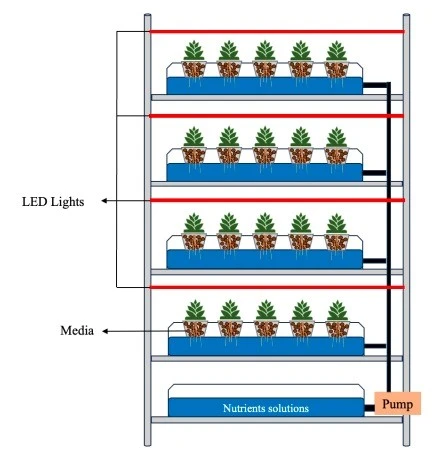
Case Studies in Hydroponic System : Over years, hydroponics has realized positive attention from various countries. The history of hydroponics can be traced back in early 1660s (Resh, 2012). The success in the development of hydroponics is attributed to the development of plastics (Resh, 2012). At the present, hydroponics is widely practiced by the greenhouse growers of crops, either in large-scale or small-scale cultivation (Resh, 2012). The shift to the adoption of hydroponics has been due to the high yield, less water required and even no soil that is used in the production of the plants.
In Abu Dhabi, hydroponics has been given more attention as it provides an alternative food source. The hydroponics application initiative was officially launched in Abu Dhabi on 27/02/2014 (Boost for hydroponics in UAE, 2014). This was aimed at modernizing agricultural practices that will in turn boost the crop yields in the City. Through the hydroponics applications in Abu Dhabi, there will be conservation of the irrigation water, estimated at 70%. The production of the crops through these strategies was also set to realize that the production of the crops improves by approximately 10 fold compared to the crops in the open agricultural fields (Boost for hydroponics in UAE, 2014).
The application of hydroponics in Abu Dhabi was reported by Wadham, (2008), to be on the rise in Abu Dhabi. Wadham (2008) added that the hydroponics farms in Abu Dhabi use the hydroponics technology in the area of 1000m2. People prefer this technique as it saves the limited water available for irrigation. The hydroponics farms in Abu Dhabi produce plants like herbs, cucumbers, peppers, strawberries and even lettuce (Wadham, 2008).
Hydroponic Techniques : According to Benton (2004), hydroponics can be described as an agricultural practice that entails growing of plants deprived of soil while minerals and other nutrients are provided in water. In a hydroponics system, plants are grown in nutrient solutions, and there is the use of artificial substrates such as sawdust (Venter, 2010).
The crops grown in the hydroponics system include cabbages, spinach, cucumber, tomatoes, potatoes and strawberries. In some cases, there is no use of the artificial substrates (Benton, 2004). The basis of all the techniques applied in hydroponics is aimed at ensuring that the plants develop roots enabling them to search for water in the system.
Therefore, water, air and the required nutrients are enhanced in the zones of the roots (Venter, 2010). The plants will in turn grow as they are supported by the available nutrients mixed in the water. Hydroponics techniques are divided into two broad and basic groups: the active technique (closed system) and the passive technique (open system) (Peckenpaugh, 2004). The active method is where the nutrients provided in solution form are atomized along the crop roots. On the other hand, the passive system uses stagnant nutrient solutions where the plants are forced to absorb what they require for growth (Peckenpaugh, 2004). It has been established that the choice of any technique is dependent on the purpose of the plants to grow. For example, in production of plants in small scale, the passive technique is preferred over active technique (Kirakosyan & Kaufman, 2009).
The passive techniques include the following:
- Semi-hydroponics: This technique falls between two systems, irrigation and hydroponics. The nutrients absorbed in water reach the roots in a soil pot that is hung above the nutrient solution in a container through capillarity (Peckenpaugh, 2004).
- Deep water Culture: This is the use of stagnant nutrient solution without the use of the artificial substrates (Peckenpaugh, 2004).
- Use of stagnant nutrient solution where the crop roots are placed in a permeable substrate that is inactive to supply the food requirement of the plants. This technique is used mostly for house plants (Peckenpaugh, 2004).

Growing Techniques :
- Ultraponics : The most recent technique that employs the use of ultrasonic atomizer to avail the nutrient solution to the roots of the plants (Peckenpaugh, 2004).
- The roots are usually suspended in the growth chamber, and the nutrient solutions are sprayed continuously on the plant roots (Peckenpaugh, 2004).
- The nutrient solution to the plant roots at regular intervals.
Drip system. Drippers are used to avail the solution containing nutrients to the plant roots where each plant is allocated one dripper in this system. Other methods include continuous flow system, run to waste system, and the Ebb and flow system (Venter, 2010).
The techniques that have been used to grow crops hydroponically include closed system and the open system. In Abu Dhabi, the techniques used frequently include the open and closed hydroponics systems. The crops are grown according to these techniques depending on their uses. For example, the closed system is preferred for large-scale cultivation. In the closed system of hydroponic cultivation, the roots of plants are dipped within culture solutions to utilize the availed food complements within them. Consequently, the roots absorb the nutrients and water using capillarity (Resh, 2012). The methods employed under the closed system in Abu Dhabi include the nutrient film technique (NFT) and the deep flow technique (DFT
References :
- Abu Dhabi Food Control Authority. (2014). Web.
- Abu Dhabi Water Resources Master Plan. (2009). Web.
- Alaa, J. (2014). Current and future plans of using TWW in agricultural production Abu Dhabi Emirate. Web.
- Benton, J. (2004). Hydroponics: A Practical Guide for the Soilless Grower. Boca Raton, Fla.: CRC Press. Web.
- Boost for hydroponics in UAE. (2014). Web.
- The national: Boost for hydroponic farming in the UAE. (2014). Web.
- Food and Agricultural Organization Report 34. (2009). Web.
- Wadham, J. (2008). Hydroponics: a little water goes a long way, and that makes sense for UAE. Web.
- Peckenpaugh, D., (2004). Hydroponic solutions. Corvallis, OR: New Moon Pub.
- Resh, H. (2012). Hydroponic food production: A definitive guidebook for the advanced home gardener and the commercial hydroponic grower (6th ed.). Boca Raton, Fla.: CRC Press.
- Blog Categories
- Basic of Artificial Lighting for Plants
- Basic of grow Light
- Case Studies
- General Awareness
- Indoor Vertical Farming
- Medical Plant Research
- Online Tool
- Pitch Grow Light
- Plant Lighting Measurement
- Speed Breeding
- Supplemental Lighting
- Tissue Culture Grow Lights
- Vertical Green Wall
- LED Grow Lights
- Pharma Segment
- General
Popular Products
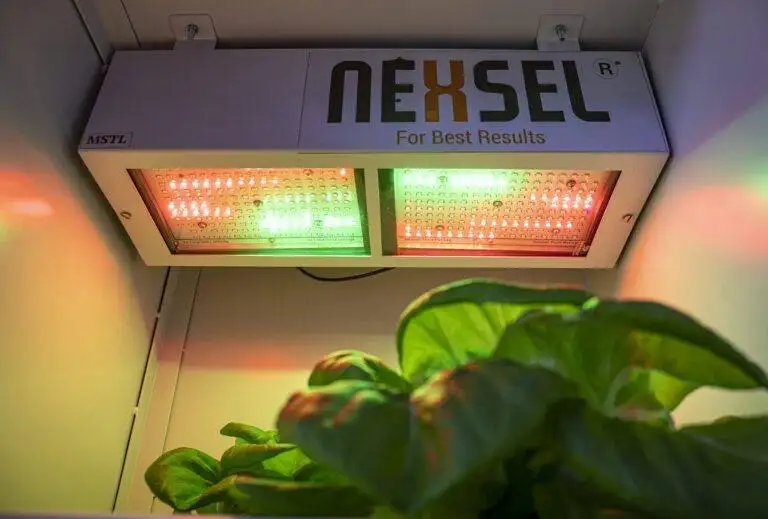
Enquire Now
Quick Link
Other Links
Design & Developed By VBTEK


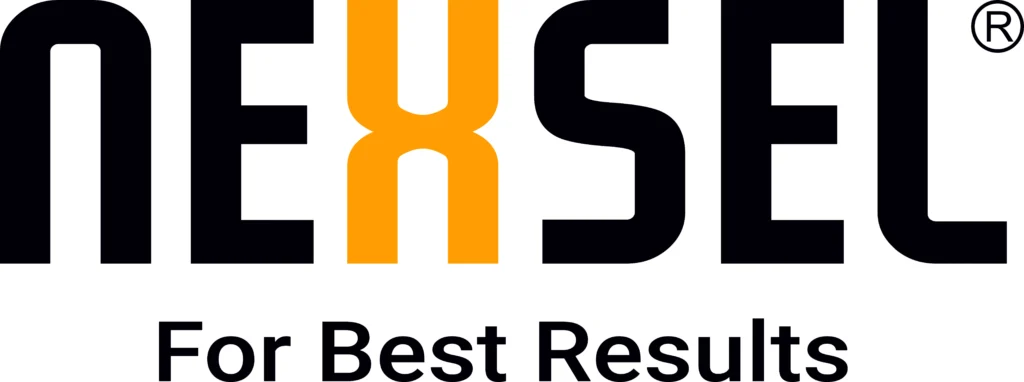
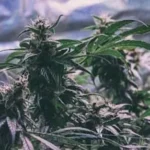
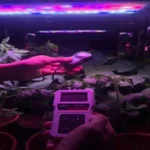
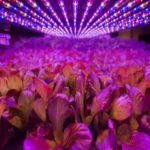

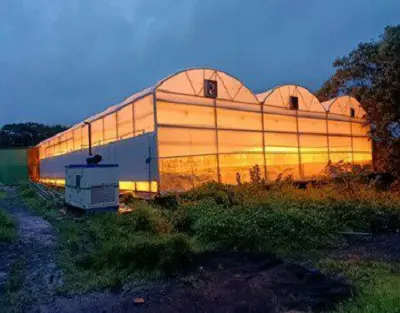
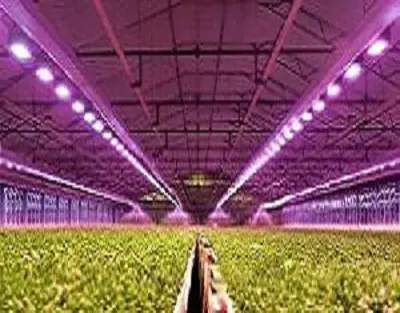
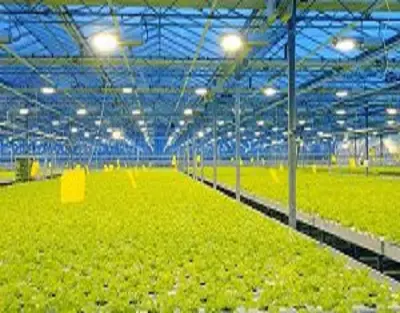
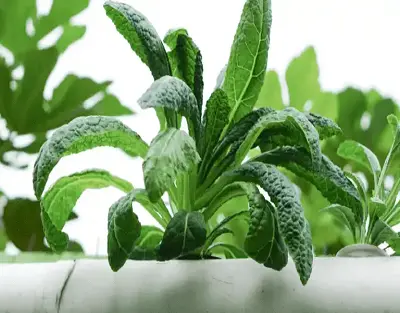
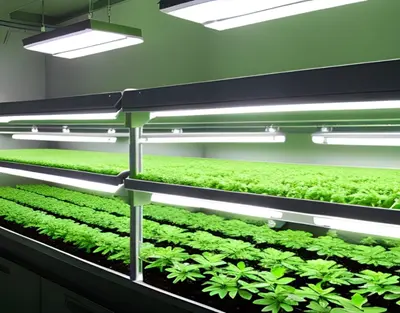
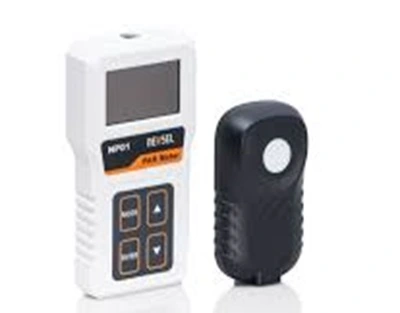
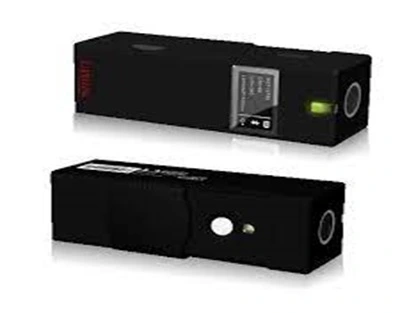
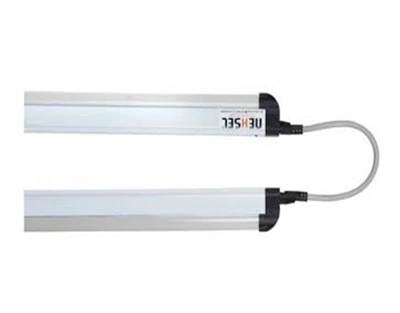
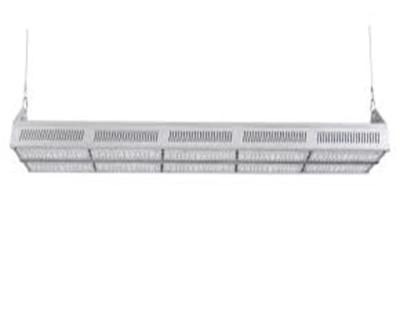
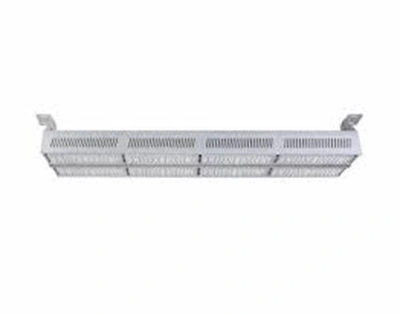
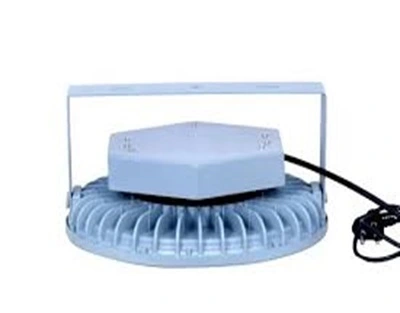
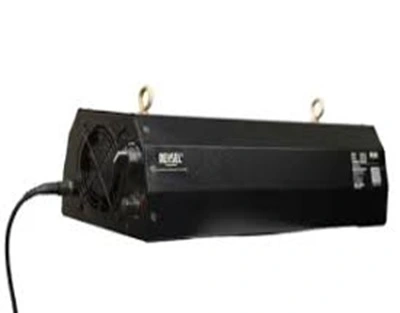
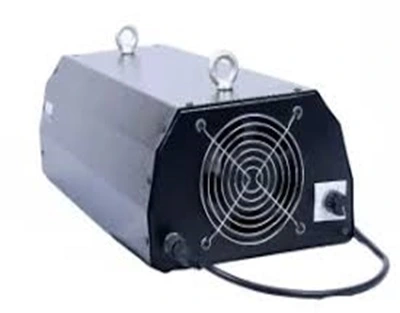
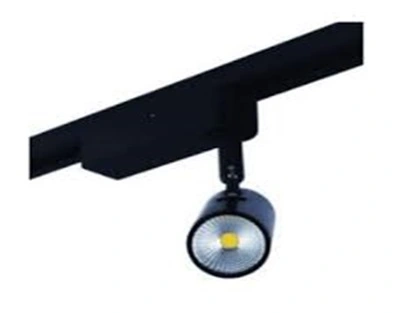
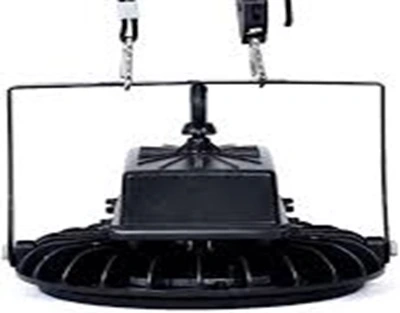
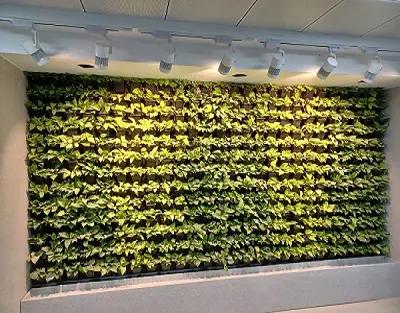
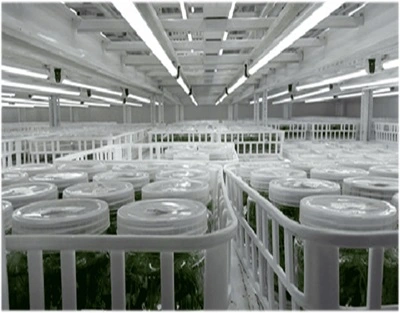
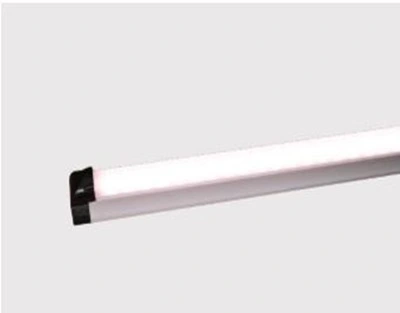
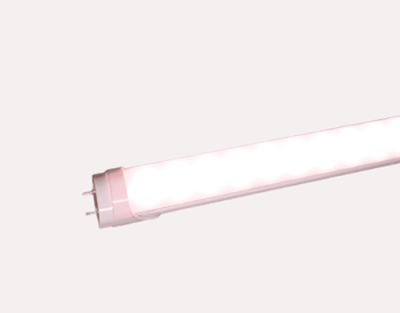
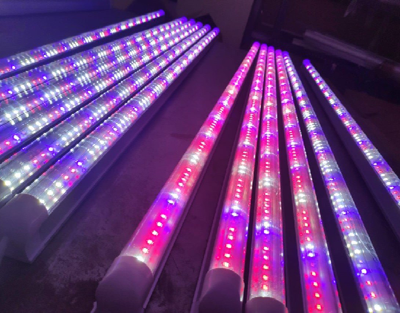
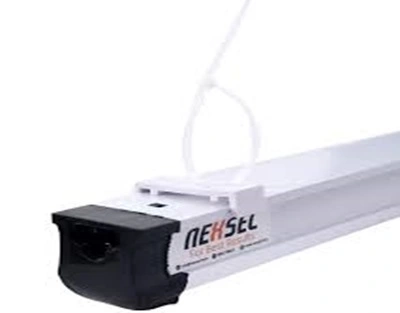
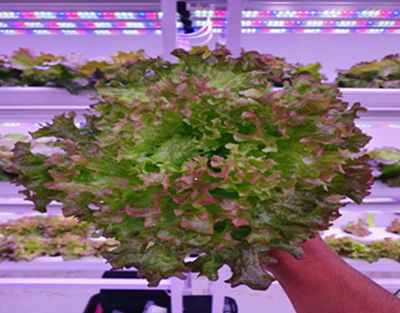
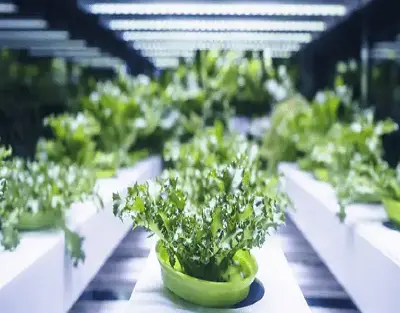
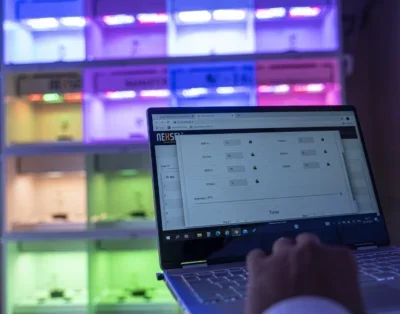


Leave A Comment